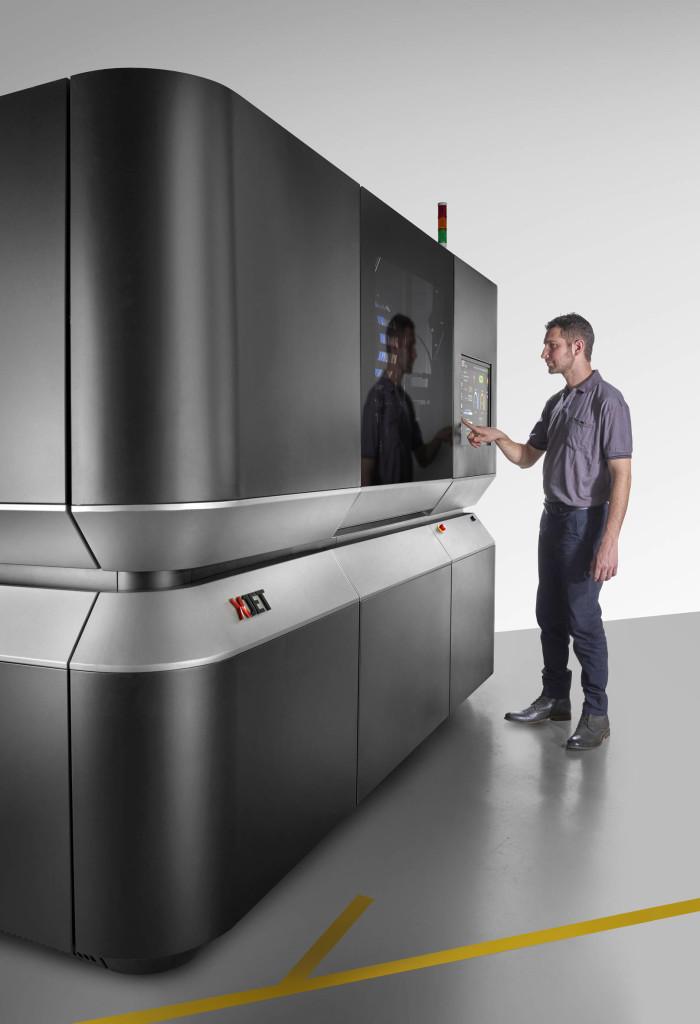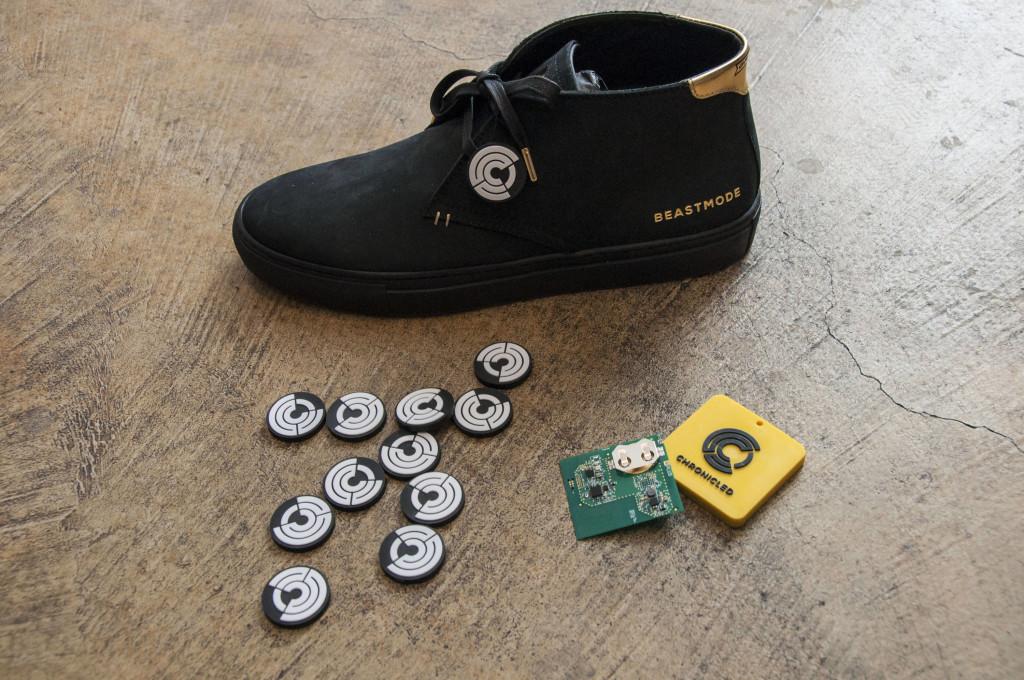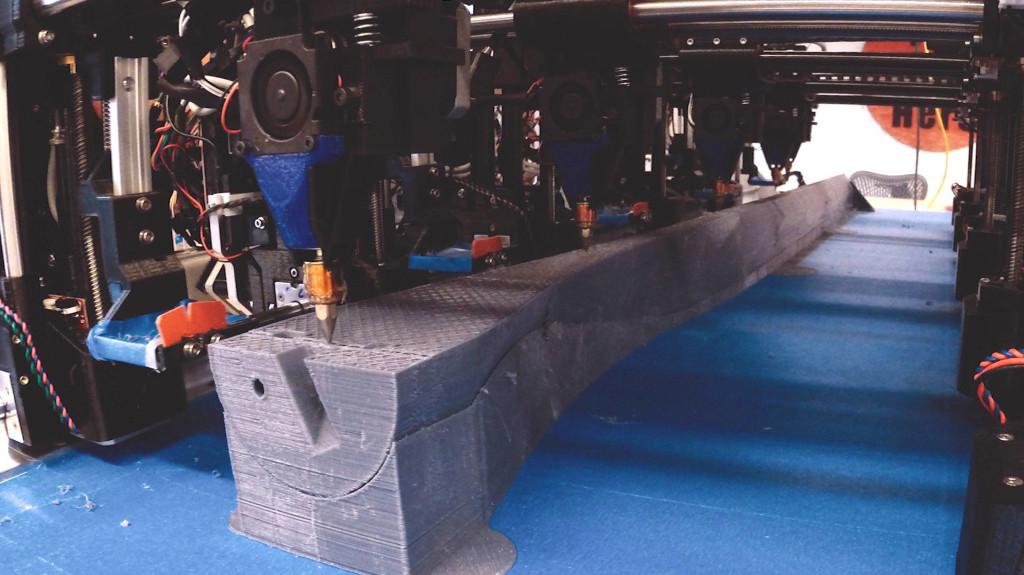 Autodesk recently hosted an event at their San Francisco headquarters, showing off not just some new technology but expounding on updates regarding investments, a new 3D printing platform, Ember, and more. Overall, one item was clear: they are serious about improving speed. While this has been a goal for many companies, further strides in this area would certainly be welcomed by users–and it looks as if Autodesk has made real progress.
Autodesk recently hosted an event at their San Francisco headquarters, showing off not just some new technology but expounding on updates regarding investments, a new 3D printing platform, Ember, and more. Overall, one item was clear: they are serious about improving speed. While this has been a goal for many companies, further strides in this area would certainly be welcomed by users–and it looks as if Autodesk has made real progress.
Scale is also being further defined by Autodesk, along with overall enhancements to their ecosystem. Information and developments discussed at their recent event emphasized the current path Autodesk is following with a deep commitment to “the intersection between software, hardware and materials.” Stating that they believe they can make a true difference in those areas, they’ve set out not just to talk about it, but show how their plan is really being put into action.
We’ve been following with interest as both the Spark platform and Ember have been evolving, along with other partnerships and projects at Autodesk. In a recent blog, the team filled everyone in on all the latest.
 First, there is a strong and continued focus on investments in 3D printing with the Spark Investment Fund, as they continue to build on those such as Voxel8, Source3 and Optomec. Autodesk has announced however that with their investment in XJet, they will of course be involved with some very exciting new technology as the Israeli company launches the first metal 3D printer that uses inkjet printing technology and liquid metals to 3D print objects—not only that—but it’s much faster as well.
First, there is a strong and continued focus on investments in 3D printing with the Spark Investment Fund, as they continue to build on those such as Voxel8, Source3 and Optomec. Autodesk has announced however that with their investment in XJet, they will of course be involved with some very exciting new technology as the Israeli company launches the first metal 3D printer that uses inkjet printing technology and liquid metals to 3D print objects—not only that—but it’s much faster as well.
“The company has secured $25 million in this current round of investments and plans to use the funding to launch XJet products in key international markets,” states Autodesk on their blog. “XJet’s ground-breaking technology called NanoParticle Jetting uses nanoparticles in liquid suspension to build 3D metal parts. The technology enables a far more accurate production of highly complex parts than is possible with current technologies.”
They will also be making research available in terms of the formulation for PR48-high speed resin, which is a faster alternative to materials such as PR48-clear. Autodesk promises users that this new resin, ‘along with optimized hardware and software,’ now allows for increases in speed from 18mm/hour to 440mm/hour—which is a very impressive 24 times faster! Following through on their promise for an ‘open’ approach, they’ve released not only the resin information, but also have made an Instructable which explains how to increase the speed of your Ember SLA DLP 3D printer.
Autodesk uses their customer, San Francisco-based start-up Origin, as a great example of what can be done with the open source platform of the Ember.
“Origin’s platform allows customers to prototype and scale the production of their own products with the speed, customization, and flexibility missing from traditional manufacturing. Enabling Origin’s production capabilities is a process based on Ember, Autodesk’s open 3D printer that results in commercial-grade products,” states the Autodesk team in their blog.
Working with another company, Chronicled, Inc., Origin was able to 3D print the smart tags for Marshawn Lynch’s Beast Mode shoes. These tags allow sneaker enthusiasts to authenticate shoes. Along with that is an accompanying mobile app that allows one to scan the tag and pull up all of its information in a digital profile.
Third, the company has been using Project Escher as a vehicle to bring users ‘unprecedented’ speed, scale, and detail in 3D printing. Meant for extrusion-based printers, it allows for a system where a number of extruders work together to make one item, allowing for much greater speed and larger scale—with precision.
“Through software and control technology, we’re enabling the industry to build a fundamentally new class of printer architecture,” states the Autodesk team on their blog.
If you are interested in the specific details of their March 3rd presentation regarding these plans and developments, see below for more information.
- Spark Investment Fund investment in XJet
Speaker: Kevin Tracy, Spark business development manager, Autodesk
Autodesk is investing in XJet, an Israeli-based company focused on launching the first metal 3D printer that uses inkjet printing technology and liquid metals to 3D print objects in less time. XJet has secured $25 million in this current round of investments.
XJet’s ground-breaking technology called NanoParticle Jetting uses nanoparticles in liquid suspension to build 3D metal parts. The technology enables a far more accurate production of highly complex parts than is possible with current technologies.
- Ember customer stories: Origin and Tethon 3D
Speaker: Chris Prucha, founder and CEO, Origin
Origin: Origin is a San Francisco-based start-up focused on revolutionizing the manufacturing experience for companies. Origin’s platform allows customers to prototype and scale the production of their own products with the speed, customization, and flexibility missing from traditional manufacturing. Enabling Origin’s production capabilities is a process based on Ember, Autodesk’s open 3D printer that results in commercial-grade products.
Presented by: Pierre Lin, Ember principal engineer, Autodesk
Tethon 3D: Tethon 3D is a market leader in ceramic 3D printing materials and service. Their newest product, Porcelite, is a porcelain ceramic photo-resin for the growing market of UV light source desktop 3D printers.
Porcelite was released February 1 via a Kickstarter campaign. Porcelite will eventually be made available directly from Tethon 3D.
- High-speed printing for Ember
Speaker: Pierre Lin, Ember principal engineer, Autodesk
Autodesk demonstrated that printing at the speed of 440mm/hour is possible with a change to Ember settings. Autodesk is also releasing the research on the formulation for PR48-high speed, a resin formulation developed as part of the effort to speed up the 3D printing process to address a common challenge within the industry.
- Project Escher
Speaker: Cory Bloome, Project Escher hardware lead, Autodesk
Project Escher is a new technology that combines software and hardware for unprecedented speed, scale and detail in extruded prints. Unlike resin-based Ember printers, Project Escher focuses on printing methods like FDM that require pushing material out of a nozzle. It is a parallel processing system where numerous independent extruders collaborate to make one thing, enabling faster print speeds at a large scale without compromising print detail.
What do you think of Autodesk’s recent plans? Discuss in the Autodesk 3D Printing Plans forum over at 3DPB.com.
Subscribe to Our Email Newsletter
Stay up-to-date on all the latest news from the 3D printing industry and receive information and offers from third party vendors.
You May Also Like
3D Printing Financials: Fathom Struggles in Financial Quicksand During Critical Transition
Facing a year of key transitions and financial pressures, Fathom (Nasdaq: FTHM) has filed its annual report for 2023 with the U.S. Securities and Exchange Commission (SEC). The document outlines...
Latest Earnings Overview for Australian 3D Printing Firms Titomic and AML3D
Australian 3D printing manufacturing firms Titomic (ASX: TTT) and AML3D (ASX: AL3) reported their financial results for the period from July to December 2023, marking the first half of their...
3D Printing Webinar and Event Roundup: April 7, 2024
Webinars and events in the 3D printing industry are picking back up this week! Sea-Air-Space is coming to Maryland, and SAE International is sponsoring a 3D Systems webinar about 3D...
3D Printing Financials: Unpacking Farsoon and BLT’s 2023 Performance
In the Chinese 3D printing industry, two companies, Farsoon (SHA: 688433) and Bright Laser Technologies, or BLT (SHA: 688333), have recently unveiled their full-year earnings for 2023. Farsoon reported increases...
































